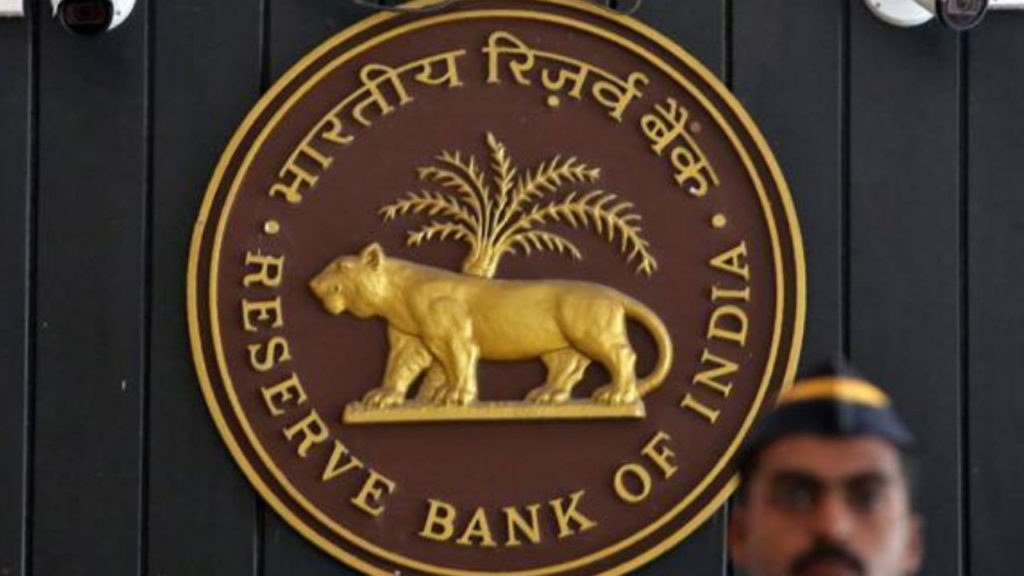Get Interest Waiver on EMIs from banks as cashback. People are calling it EMI cashback. The finance ministry has confirmed the EMI interest waiver by banks and has issued the complete list guidelines. The interest waiver is applicable on ‘interest on interest’ for a period of six months.

The EMI interest waiver is also for those borrowers who did not opt for loan moratorium and are eligible for the ‘interest waiver’ scheme.
The government has approved the ‘grant of ex-gratia payment of difference between compound and simple interest to borrowers of specified loan accounts’ for six months. The EMI interest waiver scheme is only for individual borrowers and small businesses with loans of up to 2 crores.
According to initial reports, the Centre is taking a hit of around 6,500 crores for the implementation of the scheme and to pass on the benefits to the borrowers.
Here what you need to know about the Interest Waiver scheme for EMIs.
Interest Waiver Scheme Details: Loan Moratorium Bonus?
As the country moved into a complete lockdown in late March, the central bank, Reserve Bank of India announced a loan moratorium on repayment of EMIs and credit card dues for a period of three months. Later, RBI extended the loan moratorium till 31 August, a total of six months since April 1.
As multiple petitions were filed in the Supreme Court that no interest should be charged for the loan moratorium period given the current situation amid an economic crisis.
The government later approved a ‘grant of ex-gratia payment’. So the Finance Ministry is easing off the difference between compound and simple interest to individual borrowers from 1 March to 31 August.
Interest Waiver Scheme Eligibility: Who Can Apply?
The latest EMI interest waiver scheme will apply to all individual borrowers who have a loan below 2 crores.
It can be availed across eight categories:
1) Micro, small and medium enterprises (MSMEs) loans
2) Education loans
3) Housing loans
4) Consumer durables loans
5) Credit card dues
6) Auto loans
7) Personal and professional
8) Consumption loans
The lending institution has to be:
- a banking company
- a public sector bank
- co-operative bank
- a regional rural bank
- all India financial institution
- a non-banking financial institution
- housing finance company
- micro finance institution
India’s largest lender, the State Bank of India (SBI) is going to be the nodal agency under the scheme. SBI will receive all the required funds from the government for settlement of the claims of the lending institutions, the finance ministry has confirmed officially.
EMI Interest Waiver Scheme: Key Things To Remember
The lenders will have to submit their claims for reimbursement to SBI by 15 December, 2020. Borrowers don’t have to do anything individually.
EMI Interest Waiver scheme key features.
1. The scheme is valid for borrowers who have availed the loan moratorium fully, partially or not at all, clearly mentioned in the Finance Ministry circular.
2. The calculation will not include repayments in the loan account during the period and will be ignored.
3. According to the EMI Interest Waiver scheme, the ex-gratia difference between compound interest and simple interest will be paid for the period of six months, from 1 March, 2020 to 31 August, 2020.
4. The rate of interest will be as per the rate mentioned in the loan agreement.
5. For education, housing, automobile, personal and consumption loans, the rate of interest will be the one as on 29 February, 2020.
6. For credit card dues, the interest rate will be the weighted average lending rate (WALR). No penalties for late payment.
7. The lenders will have to credit the difference between compound interest and simple interest to the eligible borrowers by 5 November.
8. For cash credit, simple interest will be calculated on a daily basis. It will be calculated at the rate as on 29 February, 2020. Compound interest will be calculated on a monthly basis.

Comments are closed, but trackbacks and pingbacks are open.